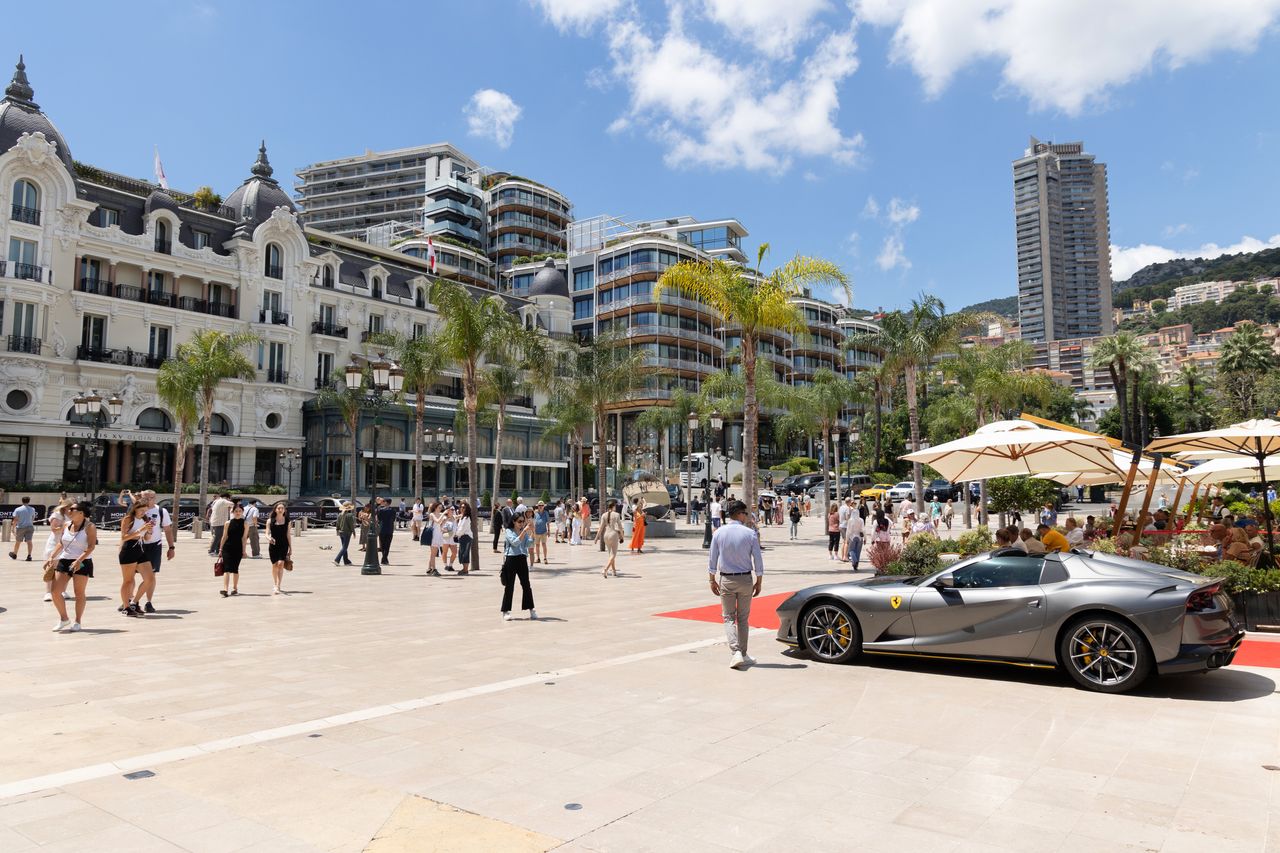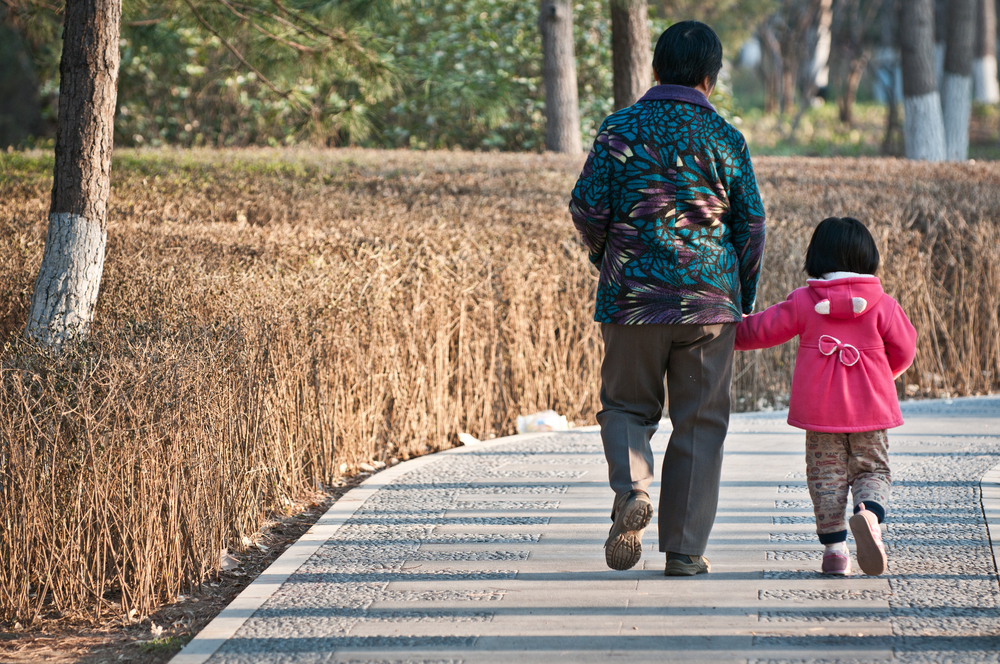Incognito Mode Isn’t Doing What You Think It’s Doing
Private browsing, for one thing, may be giving holiday shoppers a false sense of privacy
There is an urban myth that says online shoppers who doggedly search for certain items on the web get tagged by algorithms that then cause them to see higher prices than others shopping for those same items.
The solution for many people: They choose private mode on their web browsers, believing that cloaking their identity can help them get better prices.
But while such “private” settings as Google Chrome’s Incognito mode or Apple’s Safari private browsing mode do offer some benefits, getting a better price isn’t one of them.
“All these private modes do for shoppers is basically erase your search history from the device you’re on and prevent the browser from using your cookies to see your browsing activity across different sites,” says Benjamin Barrontine, vice president of executive services at 360 Privacy, a company that specialises in protecting clients’ digital identity. This is a great feature if you share a laptop with your children and you want to hide the presents you’re purchasing for them, but companies’ pricing is typically based on a number of factors—timing, location, how much an item in that category’s company paid to rise to the top of your search results—that don’t have to do with you personally or how often you search for a product.
A Google spokesperson confirms that cookies, or information stored on your device, are remembered in the current Chrome browsing session while in Incognito mode but then deleted immediately after closing out the session. If you return in Incognito mode to make the purchase, the websites will see you as a new user and won’t remember what you left in your cart. You essentially have to start your search anew, but with the benefit of blocking anyone who shares that device from seeing what you were researching.
Ultimately, experts say, private modes give shoppers a false sense of anonymity and a feeling that they are gaming the system, when all they are doing is hiding past searches. “You should know that your internet-service provider and even your network administrator at work, if you’re searching on a work device or network, may still see what you’re searching,” says Barrontine. “Private mode is not so private, after all.”
In fact, the big tech companies most likely know with near certainty who it is that is doing this supposedly secret searching, even in private mode.
“When you go on to Amazon.com in private mode and search for a bathrobe, even if you’re not logged into the site, Amazon is 99.9% sure of who you are because of the digital fingerprint they’ve developed for you over time,” says Ken Carnesi, chief executive and co-founder of DNSFilter, a software firm that protects companies from attacks at the domain name system level. That’s because Amazon would still know how you arrived at its site based on the link you clicked, your IP address, your ZIP Code, many of your preference settings and loads of other device-specific attributes. A company spokesman declined to comment.
The tech firms may not know that it is specifically you scouring their sites, but they’d know the search came from your home, which operating system you’re using, which language is your default and other details that point to you.
“That’s why, even when you’re not in private mode later on, if you didn’t close out that private window, you may still see bathrobes being pitched to you,” Carnesi says. “All the tracking is likely still passed through to the company who paid for the ad you clicked on.”
Contrary to popular belief, pricing for highly fluctuating, big-ticket items isn’t impacted by private searches, says Kevin Williams, an associate professor at the Yale School of Management who recently published a paper looking at airlines’ methods of dynamic pricing. Williams says in the case of plane tickets, “Airline pricing doesn’t take into account any of your personal information except location,” as in the country of origin. Using a virtual private network (VPN) can obfuscate your device’s physical location, and may turn up a better fare, but might require some trial and error, Williams says.
There are some additional benefits for shoppers to using private mode, beyond hiding your searches from prying eyes. The search bar won’t auto-fill with prior searches, so you can start anew every time you open a new private window and not fall down an old rabbit hole. You can keep your searches private on a public device or borrowed computer. And you can use a credit card that will later be wiped so your children won’t have access to funds without permission.
For true privacy, consider shopping through a search engine like Brave.com, which doesn’t ever track your searches or your clicks. “Unlike with other search engines, you and your data are not the product here,” Carnesi says. And your partner will never know about that bathrobe you forgot to actually purchase.
 Copyright 2020, Dow Jones & Company, Inc. All Rights Reserved Worldwide. LEARN MORE
Copyright 2020, Dow Jones & Company, Inc. All Rights Reserved Worldwide. LEARN MORE
This stylish family home combines a classic palette and finishes with a flexible floorplan
Just 55 minutes from Sydney, make this your creative getaway located in the majestic Hawkesbury region.
Continued stagflation and cost of living pressures are causing couples to think twice about starting a family, new data has revealed, with long term impacts expected
Australia is in the midst of a ‘baby recession’ with preliminary estimates showing the number of births in 2023 fell by more than four percent to the lowest level since 2006, according to KPMG. The consultancy firm says this reflects the impact of cost-of-living pressures on the feasibility of younger Australians starting a family.
KPMG estimates that 289,100 babies were born in 2023. This compares to 300,684 babies in 2022 and 309,996 in 2021, according to the Australian Bureau of Statistics (ABS). KPMG urban economist Terry Rawnsley said weak economic growth often leads to a reduced number of births. In 2023, ABS data shows gross domestic product (GDP) fell to 1.5 percent. Despite the population growing by 2.5 percent in 2023, GDP on a per capita basis went into negative territory, down one percent over the 12 months.
“Birth rates provide insight into long-term population growth as well as the current confidence of Australian families,” said Mr Rawnsley. “We haven’t seen such a sharp drop in births in Australia since the period of economic stagflation in the 1970s, which coincided with the initial widespread adoption of the contraceptive pill.”
Mr Rawnsley said many Australian couples delayed starting a family while the pandemic played out in 2020. The number of births fell from 305,832 in 2019 to 294,369 in 2020. Then in 2021, strong employment and vast amounts of stimulus money, along with high household savings due to lockdowns, gave couples better financial means to have a baby. This led to a rebound in births.
However, the re-opening of the global economy in 2022 led to soaring inflation. By the start of 2023, the Australian consumer price index (CPI) had risen to its highest level since 1990 at 7.8 percent per annum. By that stage, the Reserve Bank had already commenced an aggressive rate-hiking strategy to fight inflation and had raised the cash rate every month between May and December 2022.
Five more rate hikes during 2023 put further pressure on couples with mortgages and put the brakes on family formation. “This combination of the pandemic and rapid economic changes explains the spike and subsequent sharp decline in birth rates we have observed over the past four years,” Mr Rawnsley said.
The impact of high costs of living on couples’ decision to have a baby is highlighted in births data for the capital cities. KPMG estimates there were 60,860 births in Sydney in 2023, down 8.6 percent from 2019. There were 56,270 births in Melbourne, down 7.3 percent. In Perth, there were 25,020 births, down 6 percent, while in Brisbane there were 30,250 births, down 4.3 percent. Canberra was the only capital city where there was no fall in the number of births in 2023 compared to 2019.
“CPI growth in Canberra has been slightly subdued compared to that in other major cities, and the economic outlook has remained strong,” Mr Rawnsley said. “This means families have not been hurting as much as those in other capital cities, and in turn, we’ve seen a stabilisation of births in the ACT.”
This stylish family home combines a classic palette and finishes with a flexible floorplan
Just 55 minutes from Sydney, make this your creative getaway located in the majestic Hawkesbury region.





















